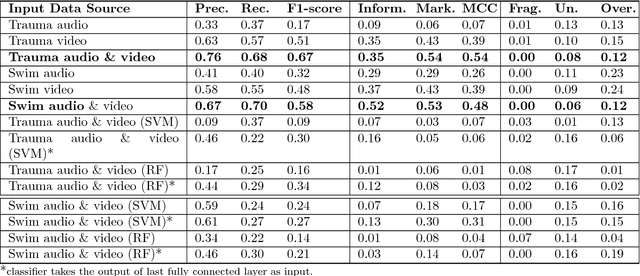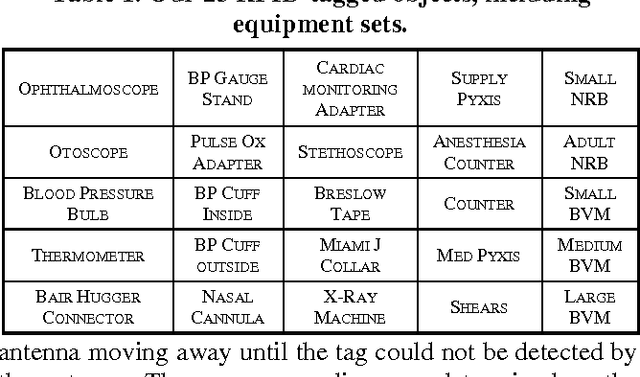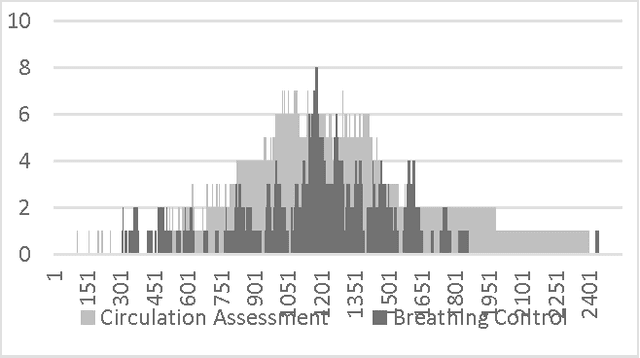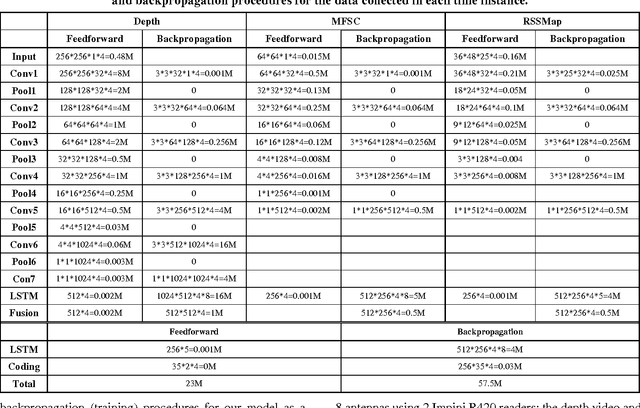Richard A. Farneth
Progress Estimation and Phase Detection for Sequential Processes
Jul 14, 2017



Abstract:Process modeling and understanding are fundamental for advanced human-computer interfaces and automation systems. Most recent research has focused on activity recognition, but little has been done on sensor-based detection of process progress. We introduce a real-time, sensor-based system for modeling, recognizing and estimating the progress of a work process. We implemented a multimodal deep learning structure to extract the relevant spatio-temporal features from multiple sensory inputs and used a novel deep regression structure for overall completeness estimation. Using process completeness estimation with a Gaussian mixture model, our system can predict the phase for sequential processes. The performance speed, calculated using completeness estimation, allows online estimation of the remaining time. To train our system, we introduced a novel rectified hyperbolic tangent (rtanh) activation function and conditional loss. Our system was tested on data obtained from the medical process (trauma resuscitation) and sports events (Olympic swimming competition). Our system outperformed the existing trauma-resuscitation phase detectors with a phase detection accuracy of over 86%, an F1-score of 0.67, a completeness estimation error of under 12.6%, and a remaining-time estimation error of less than 7.5 minutes. For the Olympic swimming dataset, our system achieved an accuracy of 88%, an F1-score of 0.58, a completeness estimation error of 6.3% and a remaining-time estimation error of 2.9 minutes.
Concurrent Activity Recognition with Multimodal CNN-LSTM Structure
Feb 06, 2017



Abstract:We introduce a system that recognizes concurrent activities from real-world data captured by multiple sensors of different types. The recognition is achieved in two steps. First, we extract spatial and temporal features from the multimodal data. We feed each datatype into a convolutional neural network that extracts spatial features, followed by a long-short term memory network that extracts temporal information in the sensory data. The extracted features are then fused for decision making in the second step. Second, we achieve concurrent activity recognition with a single classifier that encodes a binary output vector in which elements indicate whether the corresponding activity types are currently in progress. We tested our system with three datasets from different domains recorded using different sensors and achieved performance comparable to existing systems designed specifically for those domains. Our system is the first to address the concurrent activity recognition with multisensory data using a single model, which is scalable, simple to train and easy to deploy.
 Add to Chrome
Add to Chrome Add to Firefox
Add to Firefox Add to Edge
Add to Edge